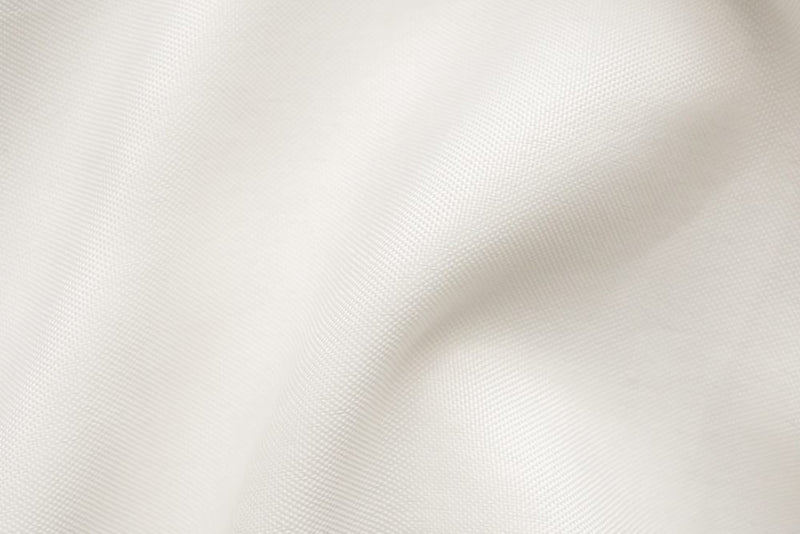From printing original artworks to creating t-shirts for a football team’s fans or distributing promotional products with a company logo on them, fabric printing is more popular than ever. However, not all printed garments are created equal - and the printing technique used can have a significant impact on the print quality, cost, and design.
Whether you are looking to buy fabrics online or you are in the process of creating your own line of t-shirts, learning about the differences between these two techniques can help you make the best choice for your project. Discover more below.

The Difference Between Screen Print and Digital Print: An Overview
As fabric printing technology evolves, new and advanced printing techniques emerge. Some of the most commonly used in the industry include:
- Screen printing - a technique in which color is added individually onto the textile
- Digital printing - a process that utilizes a digital design, which is uploaded on a computer and printed directly onto the garment.
Choosing between the two options will greatly depend on the kind of design you are looking to print, as well as the volume of your order, and the level of color accuracy and vibrancy you require.
Screen Print: Uses and Benefits
Screen printing is truly a technique as old as time. According to estimates, this process dates back to ancient Egypt and China’s Song Dynasty (960–1279 AD), when it was used as a strategy to transfer designs onto silk fabrics.
Since then, this technique has continued to evolve, and, today, it has become a prevalent fabric printing process, which isn’t just efficient - but also delivers high-quality designs.
But how does this technique work?
Screen printing, also known as silk print, involves the creation of custom stencils, which are called screens. During the printing process, each ink color is pushed through the different stencils to create layers onto the fabric’s surface. The process is completed after the curing stage, which involves heating the fabric to set the ink.
You can learn more about this technique in the video below:
<iframe width="560" height="315" src="https://www.youtube.com/embed/LB__fEeO6no" title="YouTube video player" frameborder="0" allow="accelerometer; autoplay; clipboard-write; encrypted-media; gyroscope; picture-in-picture" allowfullscreen></iframe>
Screen printing involves a degree of work by hand, and it is best used to obtain high-quality or personalized designs.
The Benefits of Screen Print
Screen printing might be costlier and more effort-consuming than digital printing. However, this method still has benefits worth considering - especially now that the custom t-shirt printing market continues to expand.
Some of the key advantages of screen print include:
- The creation of designs with more vibrant and brighter colors
- The possibility to change the design’s mood by making the tone softer or nostalgic
- It allows for endless customization options
- It is highly versatile and can be used on a wide range of fabrics and textiles beyond simple cotton blends
When To Use Screen Print Techniques
Choosing between the screen and digital print techniques isn’t always straightforward. However, a lot will come down to the nature of your project. Some of the times when using screen print techniques is recommended include:
- Larger and high-volume orders
- Particular or unusual printing surfaces
- Designs that require vibrant or brighter colors
- Prints on darker fabrics
- Prints that require precise color matching
- Prints that only require a single color (such as in the case of logos or text)
Since screen printing is suitable for a wide range of materials and printing surfaces, this technique can also be applied to hats, mugs, and frisbees.
Digital Print: Uses and Benefits
The digital printing process is a relatively recent one, which has become increasingly popular thanks to the advancements in printing technologies. Digital printing, which is also known as DTG or Direct To Garment printing, was introduced in the 1990s and fuelled the fashion industry as we know it today.
Since then, digital printing has developed to allow manufacturers to complete greater order volumes, standardize the designs, and improve color quality.
Unlike the screen print method, DTG machines use only around 4-6 colors, which usually include yellow, black, red, magenta, cyan, and green. The chosen design or artwork is uploaded onto a computer and processed by specialized software, which transfers it onto the machine itself. Then, the DTG machine will work similarly to a standard inkjet by transferring the finished design onto the fabric.
You can learn more about the DTG technology in the video below:
<iframe width="560" height="315" src="https://www.youtube.com/embed/Wg4gWmo1gXc" title="YouTube video player" frameborder="0" allow="accelerometer; autoplay; clipboard-write; encrypted-media; gyroscope; picture-in-picture" allowfullscreen></iframe>
The Benefits of Digital Print
One of the main benefits of digital printing over screen printing is the sheer amount of detail you can add to the design. However, there are many more advantages worth considering:
- Since digital printing it does not involve the creation of physical stencils, it can be used for both larger and smaller orders
- Once the original design is created, the printing set-up is highly economical, which can significantly reduce the cost per copy
- Unlike screen printing, digital printing does not involve drying or applying multiple layers of colors, which allows for a much faster turnaround.
- The design can be easily changed, even during production
- Digital printing is suitable for a wide range of fabrics including Polyurethane Laminated Fabric (PUL) and Minky.
It is important to notice that digital prints will deliver a photographic print effect and colors might not have the same vibrancy or tone as screen printing.
Digital Print Techniques
While digital printing might affect the colors of your design, this technique can be highly beneficial in certain cases, such as:
- Smaller orders
- Single or simple orders
- Standard print surface size
- Complex designs with multiple colors and hues
- Designs that require a soft or lighter tone
- Printing on light-colored or 100% cotton fabrics




Thanks for the useful info … I’m keen to use the digita process.
Great post! For unparalleled market insights and research resources tailored specifically to the market research industry, explore Stats N Data (https://www.statsndata.org). Our platform offers invaluable market intelligence across diverse domains, empowering businesses with actionable insights that drive success. Looking forward to more engaging content from you!